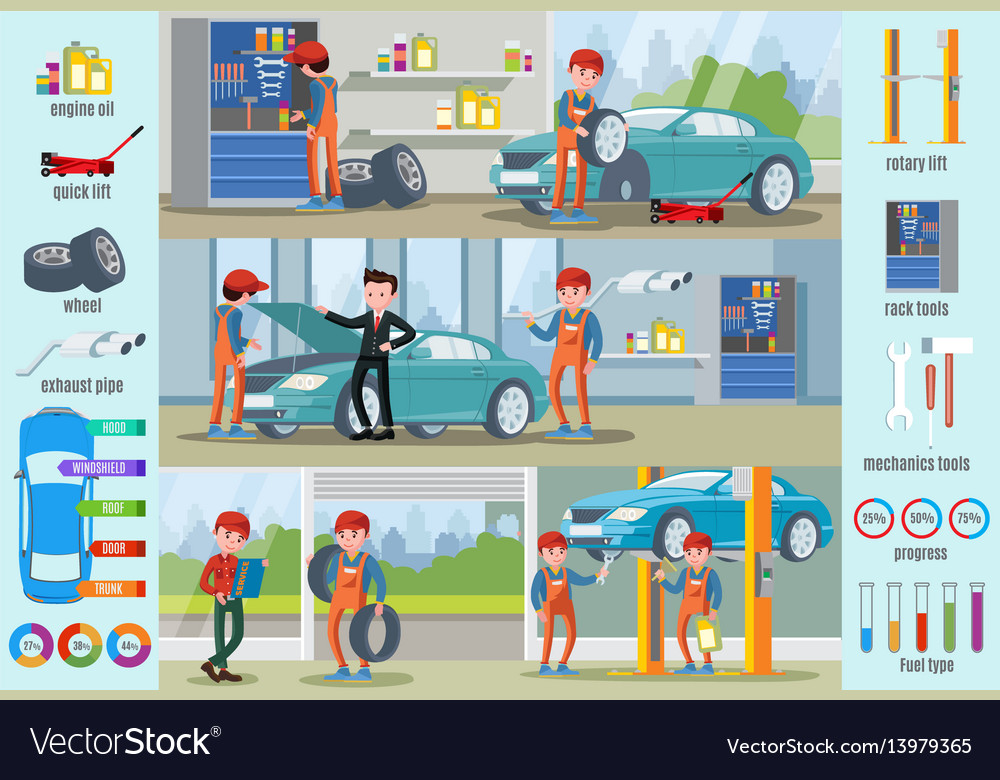Comprehending Your Auto'S Warning Lighting: What Do They Really Mean?
Comprehending Your Auto'S Warning Lighting: What Do They Really Mean?
Blog Article
Published By-Termansen Dalgaard
When you're behind the wheel, those beautiful caution lights on your dashboard can be a little bit perplexing. Do you recognize what they're attempting to tell you about your vehicle's health? Comprehending the value of these lights is important for your safety and security and the long life of your vehicle. So, the next time one of those lights pops up, would not you want to understand its message properly and take the needed steps to address it?
Common Caution Lighting and Interpretations
Identify common warning lights in your automobile and recognize their definitions to make certain risk-free driving.
One of the most regular caution lights consist of the check engine light, which indicates issues with the engine or exhausts system. If this light begins, it's essential to have your vehicle checked immediately.
The oil pressure warning light suggests reduced oil pressure, needing instant focus to stop engine damages.
A flashing battery light could recommend a defective billing system, possibly leaving you stranded otherwise addressed.
The tire pressure monitoring system (TPMS) light informs you to reduced tire stress, impacting automobile stability and gas performance. Neglecting this might result in risky driving conditions.
The abdominal light suggests a trouble with the anti-lock braking system, jeopardizing your capacity to stop swiftly in emergency situations.
Lastly, the coolant temperature level advising light warns of engine getting too hot, which can cause severe damages otherwise solved swiftly.
Recognizing these typical caution lights will certainly help you attend to concerns promptly and keep risk-free driving conditions.
Significance of Prompt Attention
Understanding the typical caution lights in your vehicle is only the initial step; the relevance of quickly attending to these warnings can not be stressed enough to ensure your safety and security on the road.
When a caution light brightens on your dashboard, it's your automobile's means of communicating a possible concern that requires focus. Neglecting these cautions can bring about a lot more severe issues later on, compromising your safety and security and possibly costing you a lot more out of commission.
Trigger attention to advising lights can prevent failures and accidents. As an example, a blinking check engine light can suggest a misfire that, if left neglected, might create damage to the catalytic converter. Resolving this quickly can conserve you from a costly repair service.
Similarly, a brake system warning light could signal low brake fluid or worn brake pads, crucial parts for your safety and security when driving.
Do It Yourself Troubleshooting Tips
If you observe a caution light on your control panel, there are a few do it yourself repairing pointers you can try prior to seeking specialist assistance.
https://www.automobilsport.com/cars-tuning--37,233196,10-Benefits-Of-Auto-Repair-Shop-Management-Software,news.htm is to consult your auto's guidebook to comprehend what the specific warning light suggests. In bestcargroomernearme can be as basic as a loose gas cap triggering the check engine light. Tightening up the gas cap may deal with the issue.
One more usual problem is a low battery, which can set off different alerting lights. Checking the battery links for deterioration and guaranteeing they're protected could repair the trouble.
If a caution light continues, you can attempt resetting it by separating the car's battery for a couple of mins and afterwards reconnecting it. Additionally, checking your car's liquid degrees, such as oil, coolant, and brake liquid, can help troubleshoot alerting lights related to these systems.
Conclusion
In conclusion, understanding your vehicle's caution lights is vital for keeping your car running efficiently and securely. By quickly resolving these notifies and understanding what they imply, you can prevent costly fixings and prospective breakdowns.
Bear in mind to consult your cars and truck's guidebook for particular information on each cautioning light and act appropriately to make sure a trouble-free driving experience.
Stay educated, stay safe when traveling!
